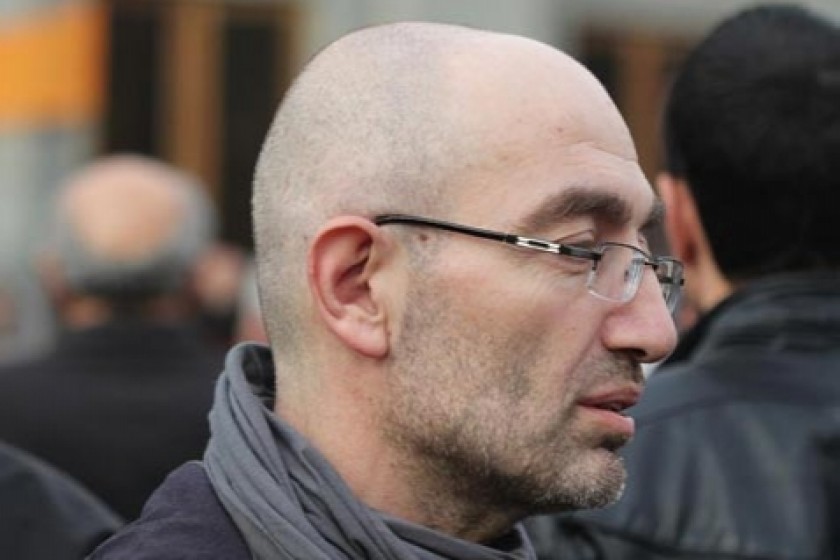
My Family’s Saga: Execution by Shooting
Three orders - execution by shooting; that took the life of my two grandfathers and one grandmother.
Three documents that orphaned by mother and father.
I finally have the three orders in my possession; copies of course.
They executed Vahan Cheraz, my mother’s father, on January 9, 1928.
They executed Vardanoush Cheraz, my mother’s mother, on December 26, 1937.
They executed Ratikhan-Avetis Kirakosyan, my father’s father, on December 10, 1937.
The only grandparent that they didn’t execute, or didn’t get around to execute, was Haykanoush, my father’s mother. She died in 1930. Had she lived, they probably would have executed her, or exiled her, as they did to her second husband Gurgen Kalshyan, a Bolshevik.
 |
 |
| Execution order for Avetis Kirakosyan, my father’s father | My father with his father Avis Kirakosyan |
Byurakn Andreasyan, my mother, was born on January 25, 1927. She lost her father before her first birthday. They had arrested her father when she was six months old. Ten years later, at the age of ten, she lost her mother. She was raised by her maternal uncle.None have graves. Haykanoush was the only one buried. The present National Assembly building, formerly housing the Central Committee of the Communist Party, was built over her grave in the late 1940s.
My father, Rafayel Ishkhanyan, was born on March 9, 1922. He was eight when he lost his mother. His parents had separated. My father was raised by an uncle and grandmother. He was fifteen when he lost his father.
The first execution document I obtained was that of Vardanoush Cheraz, my maternal grandmother. It was in 2006. I had petitioned the National Security Service several times for my grandmother’s file. They denied my requests. Finally, through the mediation of a third party, I got copies of her file. Most of it was missing due to a flood that damaged most of the archives in 1946.
With the file in hand I walked towards the Ani Hotel and opened the documents. I saw the execution order. I froze in my steps. It wasn’t that I was taken aback by the order for I knew my grandmother had been taken away one night in 1937, never to return, and probably executed. Rather, it was the experience of just having left the institution whose predecessor arrested her seventy years ago with the execution order in my hand.
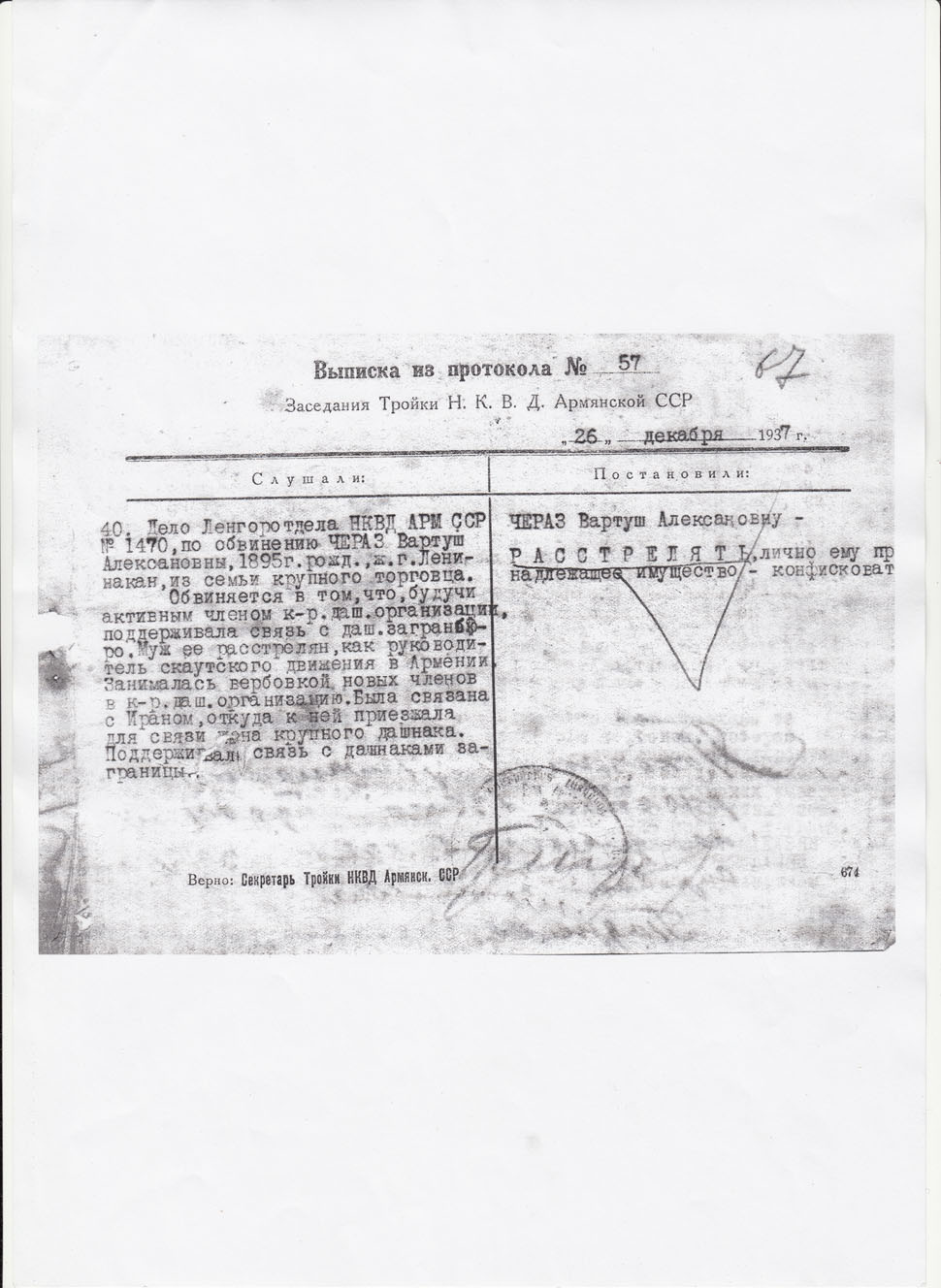 |
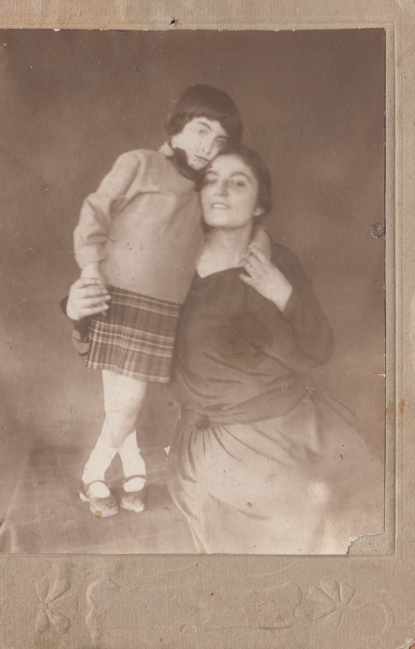 |
|
Execution order for Vardanush Cheraz |
My mother with her mother, Vardanoush Cheraz |
On an earlier occasion I had written: “My mother would say that until the 1980s she would dream and held out a distant hope of seeing her mother. That is was just possible that her mother hadn’t been executed in front of a firing squad. Maybe she was banished to Siberia. Maybe she married, had kids, and waited for the day that her sisters and brothers would find her. It was last year, when I obtained the execution by shooting order of my grandmother Vardush Andreasyan, that her hopes were dashed.”
Vardanoush was born in 1895 in Western Armenia (the village of Hazari near the town of Chmshkadzak). In 1915, the entire village was saved by Zazas. But her first husband was killed by the Turks in a neighboring village.
Once, I wrote down these words of my mother. “Vardanoush lived all the tribulations that befell the Armenians in the twentieth century. Her son died of an illness. In 1915, her first husband, a school principal, was burned along with his students in the school. She met my father, Vahan Cheraz, as a refugee. Eight years later, in 1924, they married in Etchmiadzin. A few days later they banished Cheraz to Siberia. He returned and was banished again two years later and executed. He survived the Genocide but was martyred in his homeland.”
They executed my two grandfathers in Tiflis. I always thought about one day travelling to Tiflis and finding their files in the archives.
I never did. It was my son Hovik, who studies in Tiflis, who found their documents in the archives this year.
In contrast to the National Security Service (NSS) in Armenia, officials in Tiflis are more forthcoming with the records and use the latest scanning equipment to provide copies.
The only remaining document in the file of Avetis Kirakosyan is the execution order. A fire in the Tiflis archives destroyed everything else.
Avetis was born in Trebizond in 1896. He became a Bolshevik in 1919. He was a violinist. The document also shows his revolutionary nickname – Ratikhan (comprised of the second syllables of surnames of the three revolutionary comrades).
I do not know much about him; just that he was invited to Georgia and appointed the Communist Party secretary of the Adigen district. He was included in a special list of people to be executed signed off by Stalin.
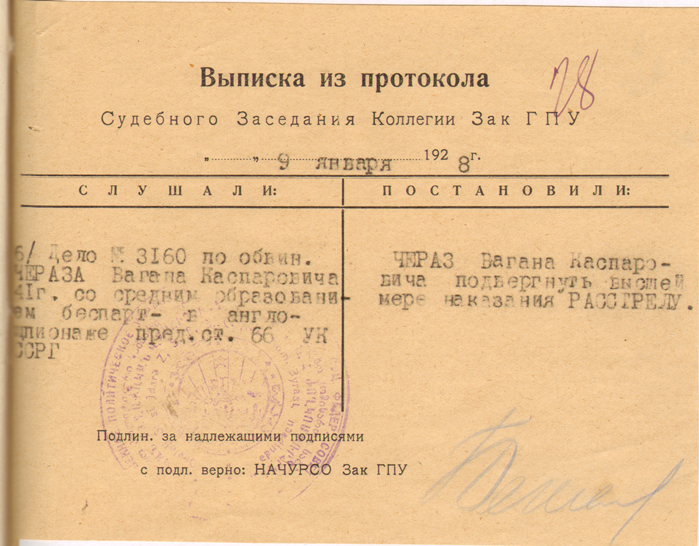 |
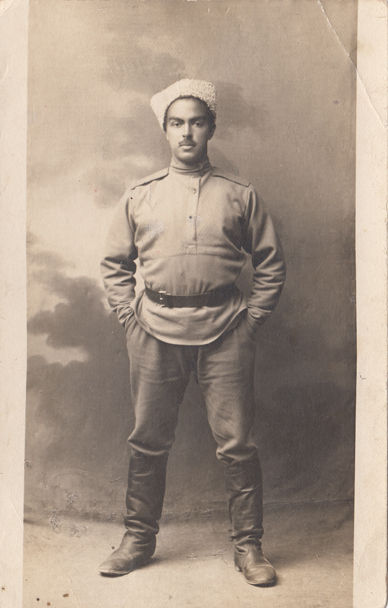 |
|
Execution order for Vahan Cheraz |
Vahan Cheraz – volunteer |
More extensive documentation, 44 pages, has survived about Vahan Cheraz. Of note is a 12 page record of his questioning and a three page indictment. I can only assume that other documents were lost over the years. Further research is needed on the matter. One document that has survived is entitled “Summary of the Transcript – Apply the supreme degree of punishment against Cheraz Gaspari Cheraz: EXECUTION BY SHOOTING”.
Vahan Cheraz was born in Constantinople in 1886. He was one of the founders of the Armenian football and scout organization. In 1914 he left for Tiflis and joined Antranik’s volunteer unit. He fought in several battles until 1919 and then returned to Constantinople. He returned to Armenia at the invitation of the Armenian government to organize the sports sector. He participated in the 1921 revolt. This was the main reason for his execution.
During the Soviet period, he was engaged in caring for orphans in Leninakan, and organized scout and sports groups. In 1924, he was exiled to Siberia. He returned and again spent time educating orphans. He was arrested again in 1927 and then executed. A book about Cheraz, entitled Vahan Cheraz and His Song for Armenia, was published in Beirut in 1977.
Vardanoush and Avetis were shot based on a verdict of a specially appointed triple-person commission of officials, the NKVD troika. It seems that Cheraz’s execution order was the result of a decision adopted by a joint court session. The troika didn’t exist in 1927. I leave further comment to the experts.
In the end, all three were about the same age when shot. My two grandfathers were 41 and my grandmother, 40.
(This article, in Armenian, originally appeared in Vahan Ishkhanyan’s blog).
Top Photo – Vahan Ishkhanyan (Facebook)
 Videos
Videos Photos
Photos




Comments (4)
Write a comment